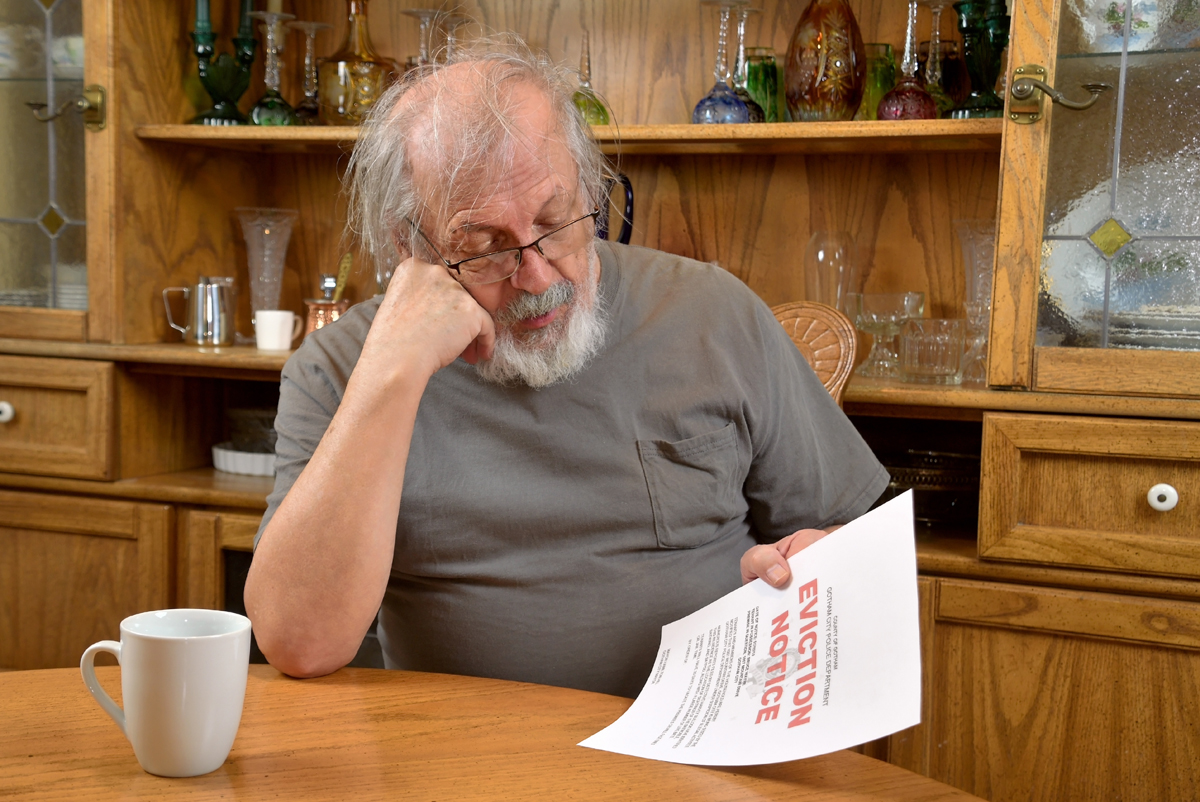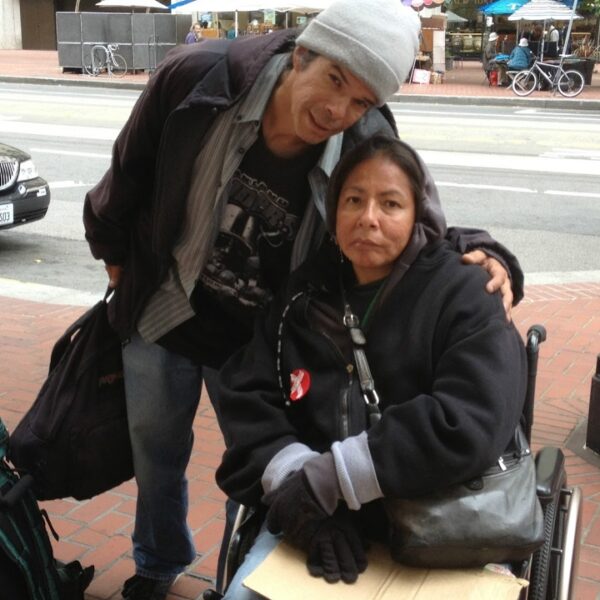The federal eviction moratorium is set to expire July 31, leaving states scrambling to prepare for a sudden increase in evictions and homelessness. This moratorium and the subsequent state-level orders have saved thousands of lives and prevented approximately 1.55 million evictions. Although the government could extend the moratorium again, millions of renters still face the threat of experiencing homelessness.
According to a recent survey, 40 percent of renter households owe back rent. That total represents more than six million people, many of whom are statistically more likely to be black, indigenous, people of color, and women.
At the same time, the pandemic completely upended how millions of Americans earn an income. According to research, only 23 percent of people without a bachelor’s degree transitioned from commuting to the office to work-from-home. More than half of the remaining workforce reported interacting with the public a lot. Workers in this category often held low-wage jobs and reported similar levels of concern about contracting the virus.
An analysis of the pandemic’s impact on wage growth found that the loss of low-income earners bore the brunt of the pandemic’s economic impact. The U.S. shed over 21 million jobs in April 2020 and still experienced an eight percent growth in wages. Many of the gains resulted from historic unemployment in the restaurant and hospitality industry, one of the lowest-wage sectors of the economy.
While the sector is beginning to heat up as states loosen their COVID-19 restrictions, the nation’s unemployment rate remains 2.2 percentage points above its pre-pandemic levels. Meanwhile, rents are rapidly rising as the cost of child care, food, and other basic necessities follow suit.
Against this backdrop, states must get rent relief payments to low-income renters in need. However, recently released data from the U.S. Treasury Department shows that several states still struggle to make payments. The data shows that Treasury allotted $1.5 billion to state rental relief programs through May 31. However, a total of 80 governments had not made a single rental relief payment.
Experts agree there are a few ways that states can better distribute resources to people in need. Here are a few examples:
Collect Better Data
A problem can’t be solved if it can’t be accurately measured. A recent study by New America found many states simply don’t have enough data to accurately measure how many people are at risk of being evicted.
“One-third of all U.S. counties lack annual eviction figures, to say nothing of information on where within the county evictions are happening, how rates are changing over time, and who most at risk is,” the study reads.
Apart from putting tenants at risk of experiencing homelessness, the lack of actionable data on evictions is also clogging up many rental relief programs.
New America offers the following recommendations for states to overcome these barriers:
- Dedicate funds to build an eviction database
- Create standards for data collection
- Issue incentives to collect data
- Assess their local capacity to collect data
- Support local data collection where necessary needed
- Create robust strategies to enhance local participation
- Connect with other state databases to form a national registry
Eviction Diversion Programs
Not only are evictions costly for both tenants and landlords, but they can also significantly impact a renter’s ability to find stable housing in the future.
The consequential nature of evictions is one reason why a national poll from Data for Progress and The Appeal found 64 percent of voters support sealing eviction records. Another 72 percent support preventing employers from asking about prior evictions on employment applications.
Cities such as Philadelphia have set up successful eviction diversion programs that require landlords to apply for financial assistance before filing eviction paperwork with the courts. According to city data, over 58 percent of tenants and landlords in the program reached an agreement or continued to negotiate. Only three percent of cases remained unresolved.
The Department of Justice endorses eviction diversion programs as a way for cities and counties to avoid “the disruption and damage that evictions cause.”
Streamline Rental Relief Process
Another way states can improve their rental relief distribution is to streamline the application and approval process. According to NAA, that’s precisely what makes Virginia and Colorado’s rental relief programs so successful.
“These programs have clear eligibility and application processes that apply statewide and allow a seamless process for housing providers to work on behalf of their residents en masse to obtain relief,” the group wrote in a blog on their website.
NAA highlights Virginia’s policy to allow property management companies to remit payment on behalf of tenants with their consent. The state also has a centralized framework that allows companies to apply easily on behalf of tenants.
In Colorado, NAA found that housing provider-led applications sped up the approval process for tenants in need. The state also experienced 90-plus percent collection rates and kept eviction filings at near 30-year lows.
How You Can Help Support Rental Relief Programs
When the eviction moratorium expires, experts expect homelessness to skyrocket. Recent studies show both poverty and homelessness were increasing before the pandemic. Meanwhile, governments struggle to provide funding from the people who need it most.













